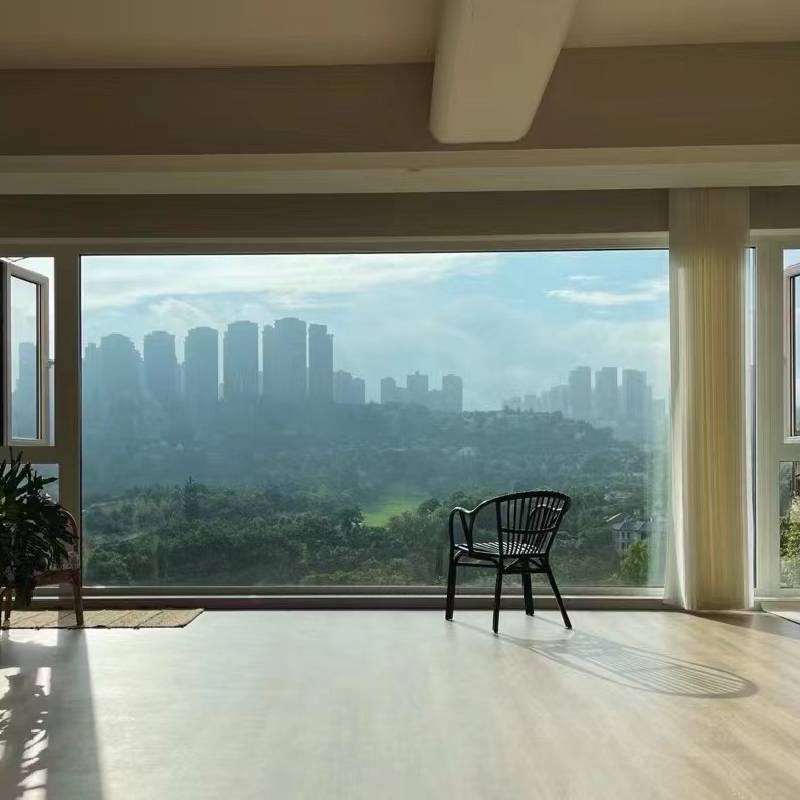

Understanding Standard Float Glass A Key Material in Modern Architecture
Standard float glass is a fundamental material widely utilized in the construction and design industries. Its unique properties and manufacturing process have made it a staple in creating both functional and aesthetic components of modern architecture. This article explores what standard float glass is, its production process, characteristics, and common applications.
Float glass is produced through a method called the float process, which was developed in the 1950s. This process involves melting raw materials such as silica sand, soda ash, and limestone at extremely high temperatures to create molten glass. The molten glass is then poured onto a bed of molten tin, allowing it to spread evenly and form a uniform thickness. This technique results in glass that is smooth, flat, and free of distortions. Once cooled and solidified, the glass is cut into sheets of various sizes, ready for installation.
One of the key characteristics of standard float glass is its optical clarity. It allows for the transmission of light while providing a high level of visual transparency. This property makes it ideal for applications where visibility and light penetration are essential. Additionally, float glass offers good strength and durability, making it suitable for a range of structural uses. However, it is important to note that while standard float glass is robust, it can shatter upon impact, leading to risks if not used appropriately.

Standard float glass is commonly used in windows, facades, and partitions in buildings. Its versatility allows architects to implement it in various design styles, enabling both modern and traditional aesthetics. Beyond commercial architecture, float glass is also an integral part of residential homes, enhancing natural light and providing unobstructed views of the surrounding environment.
Moreover, standard float glass can be treated and modified for various applications. It can be tinted to reduce glare and energy consumption, coated for low-emissivity (low-E) properties to reflect heat, or tempered for increased strength and safety. Such modifications expand its functionality and efficiency, making it a preferred choice in energy-efficient building designs.
In conclusion, standard float glass is an essential material in contemporary architecture. Its production process ensures superior quality and clarity, while its versatility allows for diverse applications. As architects and builders continue to embrace innovative designs, standard float glass will undoubtedly remain a critical component in shaping the built environment.